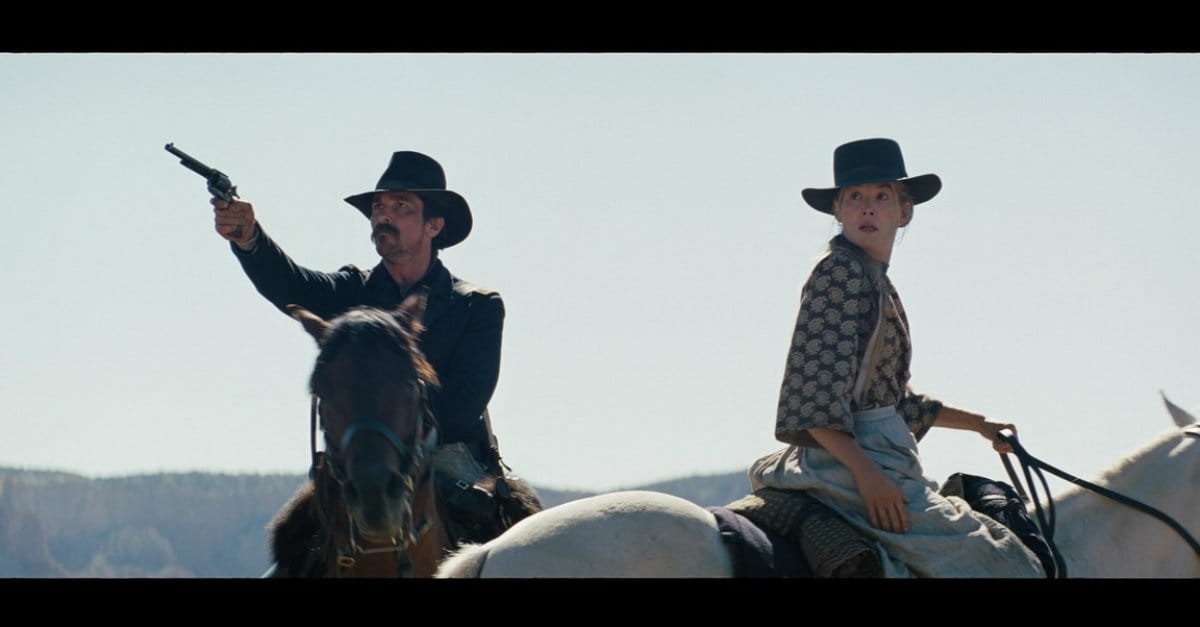Engaging Mars a Great Trek for Parents, Children
- Annabelle Robertson Entertainment Critic
- Updated Aug 13, 2007

DVD Release Date: July 31, 2007
Theatrical Release Date: January 27, 2006 (limited)
Rating: Unrated
Genre: IMAX Documentary
Run Time: 40 min. not including special features
Director: George Butler
Narrators: Paul Newman and George Butler
“You can’t learn what you need [about Mars] from a telescope,” says a NASA scientist in Disney’s new IMAX movie, Roving Mars. “You have to be a geologist. The keys are in the rocks. But we aren’t ready to send a human geologist to Mars yet. So we had to build a robot geologist—something that could look inside rocks and tell us what those clues hold.”
The robot geologists that scientists built are called “rovers,” and NASA spent years designing them, along with the complex launch and landing gear needed to arrive at and land on this distant planet. At 300 million miles away, it takes seven full months for a robot to get to Mars. And that, of course, is assuming it can travel at 60,000 miles an hour —with a trajectory that remains perfectly precise, because even a slight deviation would cause it to miss the planet surface, dooming it to an eternity in space.
Amazingly, scientists can actually program different levels of “courage” or “cowardice” into the rovers, telling them exactly how these complex computers should act under various circumstances. Each rover consists of telescopes, cameras and electronic arms that fold and unfold, with “fingers” that have different functions—like boring into rocks or analyzing the rock’s contents. But despite this incredibly forward technology, designing these machines still posed a tremendous challenge for NASA.
The average temperature on Mars is 60 degrees below zero, with dips to 100 below at night. So the rovers had to be able to withstand extreme cold. Also, the planet’s dust and frequent darkness—which often lingered for months at a time—could easily impede the rover’s solar receptacles, used for power (much like batteries). Landing gear, which consisted of intricate parachutes and air bags, much like the ones used in cars, was another piece of the intricate puzzle. If a parachute deployed too high into the atmosphere, it would be ripped to shreds. If it deployed too low, it wouldn’t open. Also, after landing, the rovers had to survive a dozen or so bumps within the “airbag” like structure, before coming to a stop, opening their solar panels (to charge) and sending back signals to earth.
Unfortunately, NASA’s last two missions to Mars were failures. One rover burned up in the atmosphere; the other crashed on the surface of this so-called “orange planet.” No wonder scientists were worried. So with this, their third attempt, they decided to send two rovers, in order to double their chances of success. They named them “Spirit” and “Opportunity.”
In January of 2004, both robots landed successfully on Mars. They instantly began transmitting photos back to Earth, to the delight of those who had worked on this history-making project. Soon, the rovers were also collecting and analyzing data. Spirit landed near racks that, to the scientist’s disappointment, were made of lava rather than sediment, which told them little about whether life had previously existed. But Opportunity landed in front of what scientists gleefully termed a “Martian history book,” providing proof that there had once been water on Mars—probably billions of years ago—and therefore, possibly, even life.
Directed by George Butler (Pumping Iron) with a score by Phillip Glass (The Hours, Notes on a Scandal), Roving Mars began filming early on in the NASA project, so they were able to capture not only the landing but also the launch, which makes for a truly spectacular moment on-screen. The CGI additions, which allow viewers to follow the trajectory of the launch into outer space, as well as the landing and views of Mars in full color, are also extremely realistic and frankly, fascinating.
As a result, Roving Mars is an engaging, well-made film that will interest even young children, provided parents are willing to narrate what is happening on-screen (and maybe fast-forward past the ‘boring’ parts, for very young viewers). My five-year-old was positively riveted, and immediately declared that she wanted to be a scientist. (Of course, a few weeks ago, she wanted to be a princess, so I haven’t started downloading M.I.T. applications just yet.)
Roving Mars would also make an excellent educational tool for home-school groups, especially if the kids were first prepared with lessons about the planets and/or space exploration. Don’t forget the additional DVD features, which include short educational films. And be sure to remind them as well that one day, one of their peers will probably be the first man to walk on Mars. It might even be them.
AUDIENCE: All ages
DVD EXTRAS:
- Mars: Past, Present & Future
- Marks and Beyond (1957)
CAUTIONS:
- Drugs/Alcohol: None.
- Language/Profanity: None.
- Sexual Content/Nudity: None.
- Violence: None.














